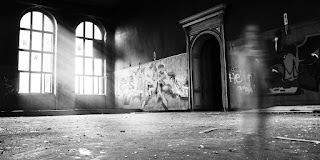
MUSLIMS AND CHRISTIANS BELIVES OF GOG AND MAGOG
In Islam and Christianity, Gog and Magog are associated with apocalyptic events, but there are differences in their interpretation.
In Islam, the Koran speaks of Gog and Magog, known as Yajuz and Majuz. They are described as people who will appear before Judgment Day and cause wickedness and violence. A god, commonly known as Dhul-Karnain, is said to have erected a barrier to stop them. As Judgment Day approaches, this barrier will be overcome, and Gog and Magog will spread greed until they are finally defeated.
In Christianity, the concept of Gog and Magog can be found in the book of Revelation, where it is associated with the final battle between good and evil. Details vary, but the overarching theme is a meeting before the end of the world.
Although there are similarities, it is important to note the theological specifics and differences in narrative detail between the two religious traditions.
conclusion
According to some muslims and Christians scholars Dhulqarnain put a wall somewhere in a galaxy according to a religious beliefs of both religion they are exit somewhere there bt unfortunately ,we human are not that advance in spacesciene to prove where exactly they are in a space
.jpeg)




Comments
Post a Comment